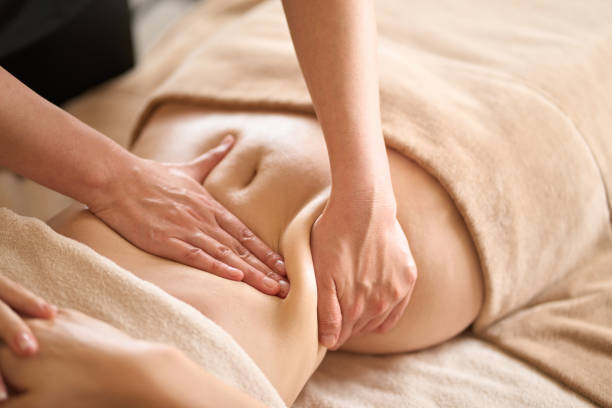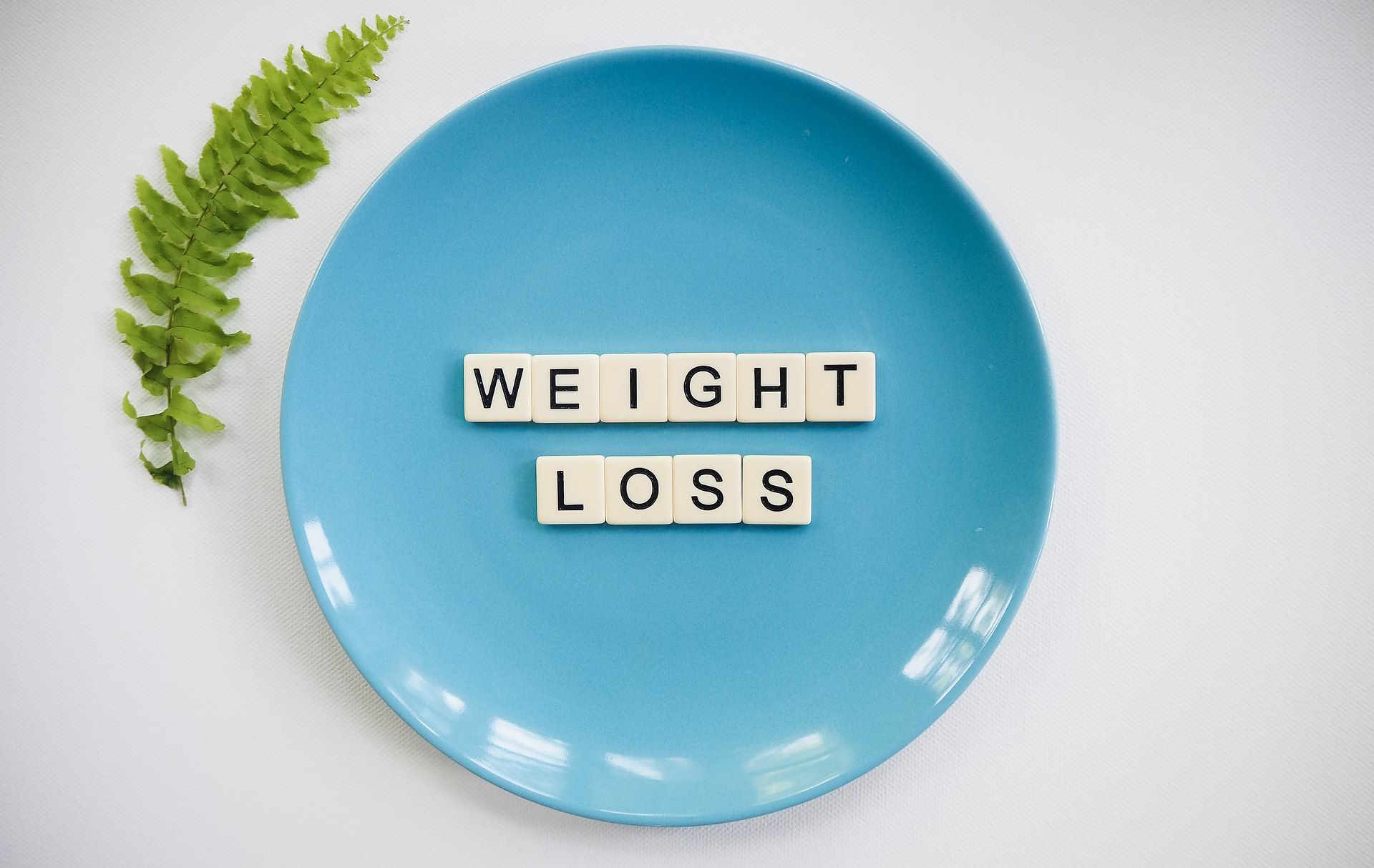Integrating reflexology into recovery after prolonged standing or travel
Long periods of standing or extended travel can leave feet and lower limbs feeling stiff, swollen, and fatigued. Integrating reflexology into a recovery routine offers a focused way to address tension in the soles and ankles, support circulation, and encourage relaxation. This approach can be adapted for selfcare or professional therapy sessions to enhance mobility and ease stress after a demanding day or journey.

Long bouts of standing or long-distance travel can stress the feet, ankles, and lower legs in ways that affect comfort and mobility. Reflexology focuses on applying pressure to specific pressurepoints on the feet that correspond to regions of the body. When used alongside podiatry-informed advice, gentle reflexology techniques help reduce localized tension, promote circulation, and encourage relaxation. This article explains practical ways to integrate reflexology into post-standing or post-travel recovery routines for improved comfort and gradual restoration of mobility.
This article is for informational purposes only and should not be considered medical advice. Please consult a qualified healthcare professional for personalized guidance and treatment.
What is reflexology and how does it help reflexology
Reflexology is a therapeutic practice based on stimulating reflex zones on the feet that are thought to correspond with organs and systems. In the context of recovery after prolonged standing or travel, reflexology aims to relieve foot-specific tension, reduce neural sensitivity, and support circulation in the lower limbs. Sessions typically involve applying targeted pressure with fingers or tools to the soles, working methodically across zones connected to the legs, spine, and hips. For many people, a focused reflexology routine complements other recovery measures like elevation, gentle stretching, and compression.
How can the soles and ankles benefit from targeted work soles ankles
The soles and ankles bear most of the load during standing and accommodate repetitive motions during travel. Targeted pressure on the arch, heel, and around the ankle can reduce localized stiffness and help break up minor adhesions in soft tissue. Reflexology strokes and kneading motions applied to the soles increase the perception of mobility and often reduce discomfort from plantar stress. Attention to the ankle joint—gentle mobilization combined with pressure across surrounding reflex zones—can ease the sensation of tightness and restore a freer range of motion.
In what ways does reflexology support circulation circulation
One of the claimed benefits of foot reflexology is improved microcirculation in the feet and lower legs. By combining rhythmic pressure with light massage strokes, reflexology encourages venous return and can reduce fluid pooling after long periods of immobility. While reflexology is not a substitute for medical interventions for circulatory disorders, it can be a useful adjunct for people without contraindications, helping to reduce swelling and promote a fresher sensation in the limbs. Individuals with vascular issues should consult a clinician before trying new therapies.
Which pressurepoints are most useful for recovery pressurepoints
When focusing on recovery, several pressurepoints on the feet are commonly targeted: the heel and surrounding area for lower back and pelvic tension, the inner arch for spinal connections, and zones near the ball of the foot for hip and shoulder-related tension. Careful, moderate pressure on these points, held for a few seconds and released, can provide symptomatic relief and a sense of release in overstressed muscles. Practitioners emphasize technique, pressure moderation, and listening to feedback—sharp pain or numbness indicates a need to stop and reassess.
How does reflexology tie into mobility and podiatry mobility recovery podiatry
Reflexology complements podiatry when recovery involves restoring mobility after standing or travel. Podiatrists focus on structural and biomechanical assessments, recommending orthotics, exercises, or medical treatments where needed. Reflexology supports those strategies by addressing soft tissue tension, enhancing proprioceptive feedback from the soles, and encouraging more comfortable gait patterns. For sustained mobility gains, integrate reflexology with prescribed exercises, footwear adjustments, and pacing strategies suggested by a podiatry professional.
How to include relaxation, selfcare, and therapy in routine relaxation selfcare therapy stressrelief
Effective recovery combines reflexology with other selfcare practices. After travel or a long day of standing, begin with foot elevation and gentle range-of-motion exercises, then use reflexology for 10–20 minutes focused on the soles and ankles to promote relaxation and stressrelief. Incorporate breathwork and a calm environment to enhance parasympathetic activation. Regular short sessions—either self-administered or via a trained therapist—can become part of a therapy plan that reduces recurrence of soreness and supports long-term comfort.
Reflexology is a complementary approach and works best when integrated thoughtfully into a broader recovery plan that includes rest, appropriate footwear, movement breaks, and professional input when symptoms persist. If pain, numbness, or significant swelling occurs, seek professional assessment to rule out underlying conditions and ensure reflexology is safe and appropriate.
Conclusion
Integrating reflexology into recovery after prolonged standing or travel offers a noninvasive, adaptable option to support the soles and ankles, encourage circulation, and promote relaxation. When combined with podiatry guidance and sensible selfcare habits, reflexology can contribute to improved mobility and a reduction in discomfort. Regular, mindful practice—either at home or with a qualified therapist—helps maintain foot health and supports a practical recovery routine without replacing necessary medical evaluation.





